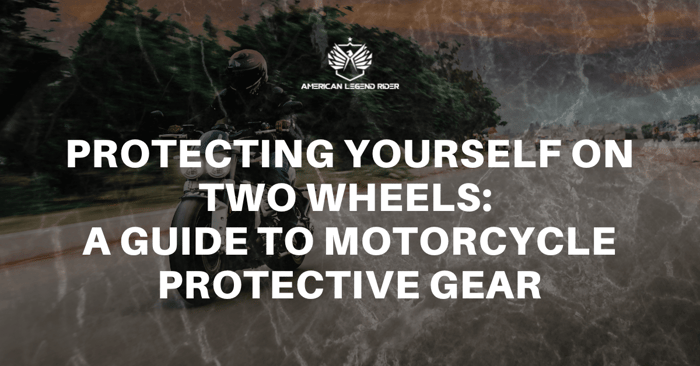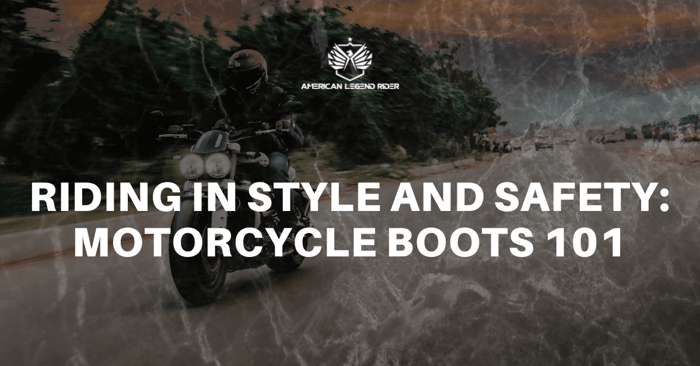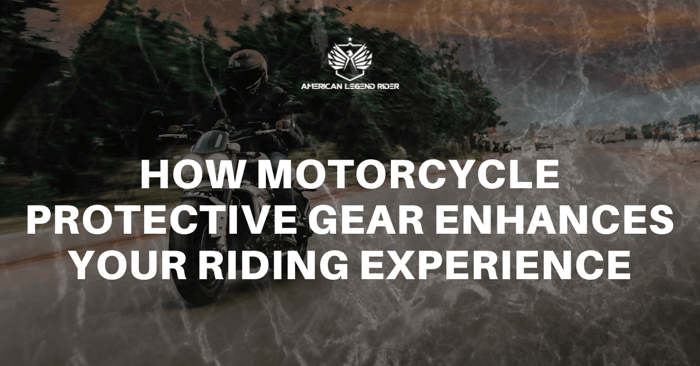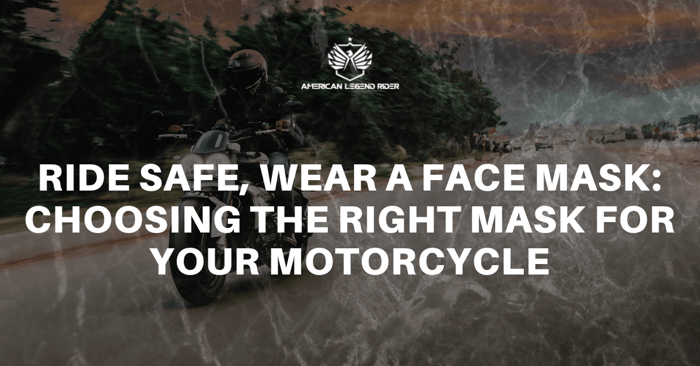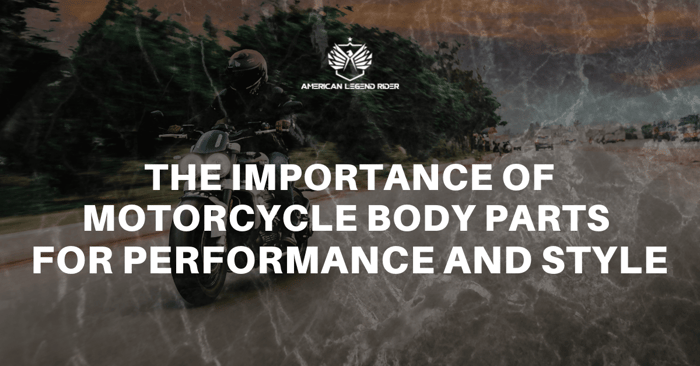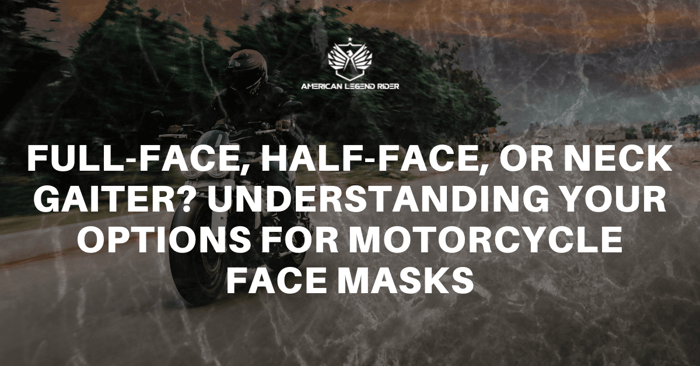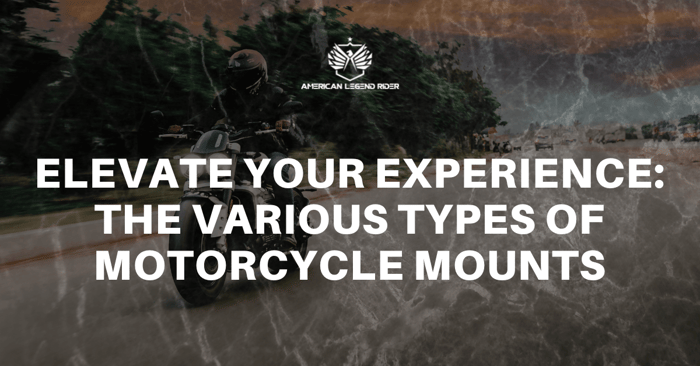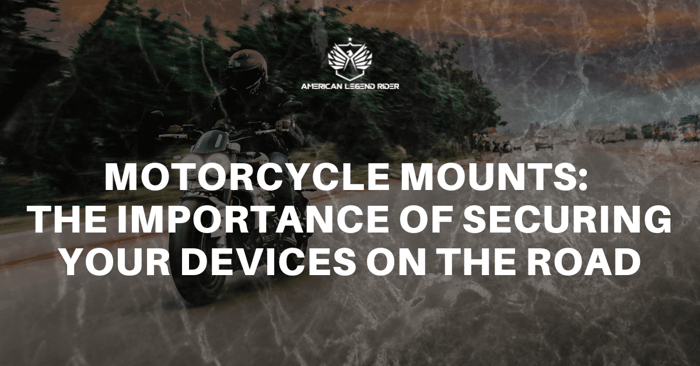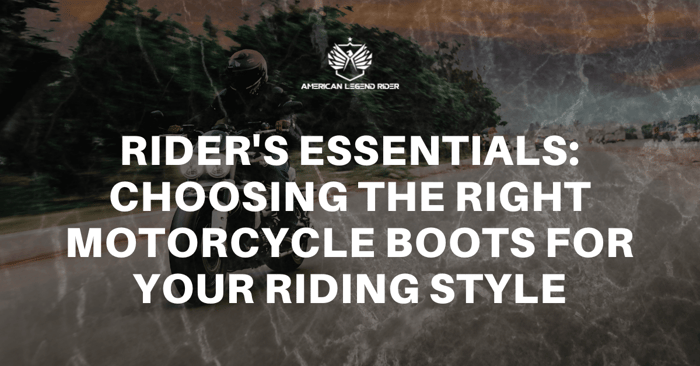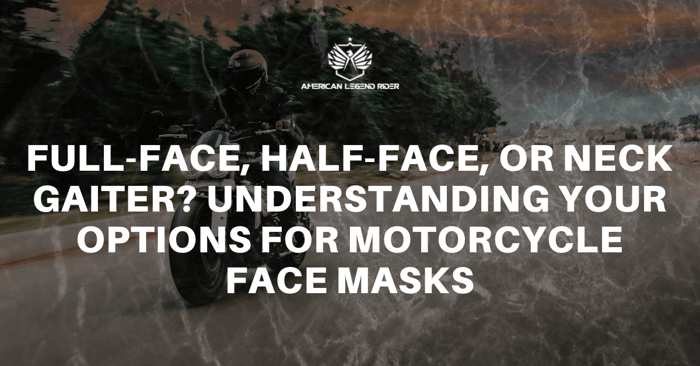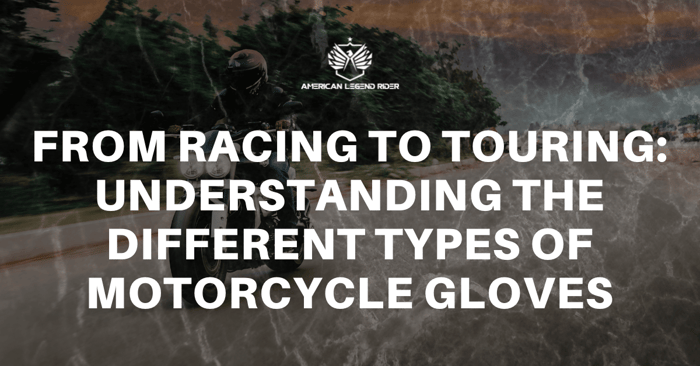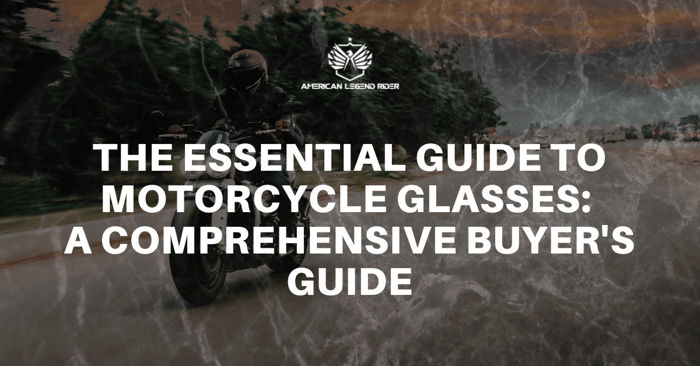Riding a motorcycle can be an exhilarating experience, but it also comes with risks. To reduce the risk of injury, it is important to wear protective gear while riding. In this article, we will explore the definition of motorcycle protective gear, the importance of wearing it, and a brief overview of the content covered.
Motorcycle protective gear refers to clothing and equipment designed to protect riders from injury in the event of an accident. This includes helmets, jackets, gloves, pants, boots, and body armor. The materials used in protective gear are typically high-strength and impact-resistant, offering excellent protection against injury.
Wearing protective gear is essential to reduce the risk of injury while riding a motorcycle. In the event of an accident, protective gear can help absorb the impact of a fall and protect the rider from serious injury. This can include protection for the head, chest, back, and limbs. Wearing protective gear can also reduce the severity of injuries in the event of an accident.
This article will provide a comprehensive overview of the different types of motorcycle protective gear available, including helmets, jackets, gloves, pants, boots, and body armor. We will also discuss the materials used in protective gear, including leather, synthetic materials, and specialized impact-resistant materials. Additionally, we will cover the importance of wearing protective gear while riding and how it can help reduce the risk of injury in the event of an accident. Finally, we will provide some tips for choosing the right protective gear for your specific needs and preferences.
There are various types of motorcycle protective gear that a rider should consider when purchasing.
A. Helmets
A motorcycle helmet is the most important piece of protective gear a rider should own. It protects the head and neck from injury in case of a crash. The helmet is typically made of hard plastic, fiberglass, or carbon fiber, and is equipped with padding to absorb shock. It also has a chin strap to keep it securely fastened to the head. Some helmets also have additional features such as vents for air flow, a visor to protect the face from wind and debris, and a communication system for intercom use.
The helmet is mandatory for motorcycle riders in many countries, as it can greatly reduce the risk of head injury or death in the event of an accident. There are several types of motorcycle helmets including full face, modular, open-face, dual sport, and off-road. Each type serves a different purpose and offers varying levels of protection and comfort. Motorcycle helmets also come in different sizes, materials, and designs to suit the needs and preferences of riders. It is important to choose a helmet that fits properly and is certified by a recognized safety standard, such as DOT in the US or ECE 22.05 in Europe.
There are three main types of motorcycle helmets available in the market:
Full-face helmet: A full-face helmet provides the maximum level of protection for the head and face. It covers the entire head, including the chin and jaw. This type of helmet is best for sport riding, touring, and racing.
Open-face helmet: An open-face helmet provides protection for the head, but it does not cover the face. This type of helmet is best for street riding, cruiser, and touring.
Half helmet: A half helmet provides the least amount of protection compared to the other two types. It covers the top of the head but leaves the face and jaw exposed. This type of helmet is best for short rides, or for riders who prefer to feel the wind in their face.
B. Body Armor:
In addition to a helmet, a rider should also consider wearing body armor to protect the body in case of a crash. Motorcycle body armor is protective gear worn to reduce injury in the event of an accident. It typically covers the back, chest, and sometimes arms, legs, and neck. It's made of materials such as plastic, foam, or kevlar, and is designed to absorb impact during a crash. It is commonly worn by motorcyclists for added safety. The armor can come in different forms such as jackets, vests, or full suits. The level of protection offered varies depending on the thickness and quality of the material. Some armor also features hard shells for added protection against penetration and abrasions. Body armor for motorcycling is available in different sizes, styles, and colors to suit the rider's preference. Wearing body armor while riding a motorcycle is highly recommended to help reduce the risk of injury in the event of an accident.
Jackets: Motorcycle jackets are designed to provide protection for the upper body, including the arms, chest, and back. There are various types of motorcycle jackets available, including leather and textile jackets. A motorcycle jacket is an essential piece of protective gear that offers multiple benefits for riders. A quality motorcycle jacket is designed to absorb and disperse the impact of a crash, reducing the risk of injury to the rider. Many jackets feature reinforced areas such as the elbows, shoulders, and back, which are areas most likely to come into contact with the ground in an accident. Riding at high speeds on a motorcycle can be very cold, and a jacket helps to keep you warm and protected from the wind. Motorcycle jackets are designed to be water-resistant and breathable, protecting riders from the elements such as rain, snow, and sleet. Motorcycle jackets often feature reflective materials, increasing the rider's visibility on the road and reducing the risk of being involved in an accident.
A motorcycle jacket doesn't just serve a practical purpose; it's also a fashion statement, with many different styles and designs available to suit different tastes and riding preferences.
Vests: Motorcycle vests are designed to provide protection for the upper body, including the chest, back, and spine. They are a good option for riders who prefer to wear lighter gear in warm weather. The vest is an important component of motorcycle protective gear, and its use can help prevent serious injury in the event of an accident. Vests are typically made of tough materials like leather or kevlar that can absorb the impact of a crash and protect the rider's chest and vital organs from injury.
Some vests feature reflective materials or bright colors that help make the rider more visible to other motorists, especially in low-light conditions. Vests are designed to be worn over a rider's clothing, providing a comfortable layer of protection without being too bulky or restrictive. Many vests are available in different styles, colors, and designs, allowing riders to personalize their protective gear to match their individual style and preferences. Vests are relatively easy to put on and take off, making them a convenient option for riders who may not want to wear a full set of protective gear every time they ride.
Pants: Motorcycle pants are designed to provide protection for the lower body, including the legs and hips. There are various types of motorcycle pants available, including leather and textile pants.Among the many items of protective gear, pants play a crucial role in providing essential protection to riders.
Motorcycle pants are designed to absorb impact in case of a crash. They are made with tough materials such as leather, kevlar, or cordura that provide abrasion resistance, which protects against road crash. Motorcycle pants offer protection from the elements, such as wind, rain, and cold temperatures. This helps keep riders comfortable and dry, which is especially important during longer rides. It comes in a variety of styles and colors, allowing riders to express their personal style while also staying safe.
C. Gloves:
Motorcycle gloves are gloves designed specifically for motorcycle riders. They typically feature protective padding on the palms and fingers, reinforced fingers and knuckles, and a secure wrist closure to keep them in place while riding. They may also be made of weather-resistant materials to protect the rider's hands from wind, rain, and cold. The design of motorcycle gloves often also includes ventilation to reduce sweating and improve comfort during long rides.
Additionally, some motorcycle gloves also have extra features such as touch screen compatibility, reflective materials for increased visibility, and pre-curved fingers for a comfortable grip on the handlebars. Some are also designed with specific styles and materials to match the rider's outfit and personal preferences. Overall, motorcycle gloves serve as both a safety measure and a functional accessory for riders, protecting their hands from injury and improving comfort while riding.
It is important to choose motorcycle gloves that fit properly, with enough room to allow for movement but not too loose as to compromise safety. Motorcycle gloves also come in various levels of protection, from basic to highly protective, depending on the type of riding and the rider's personal preferences. Some gloves are also designed for specific weather conditions, such as cold weather gloves with insulation or waterproof gloves for rainy weather.
It's also worth mentioning that there are different types of motorcycle gloves, including touring gloves, racing gloves, and cruiser gloves, each designed for specific riding styles and needs. Touring gloves, for example, prioritize comfort and weather protection, while racing gloves prioritize high levels of protection and grip.
In conclusion, when choosing motorcycle gloves, it's important to consider fit, protection level, weather conditions, and personal style and preferences.
D. Boots:
Motorcycle boots are specialized footwear designed to provide protection and comfort for riders while operating a motorcycle. They typically have a sturdy construction, reinforced toes, and ankle protection. They may also have features such as waterproofing, anti-slip soles, and shift protection to protect the rider's feet and provide better grip on the motorcycle controls.
Additionally, motorcycle boots often have a distinctive design, with a high shaft for added coverage and a snug fit to keep the feet secure while riding. Some styles may include buckles, laces, or zippers for a secure closure and adjustability. The boots may be made from a variety of materials such as leather, synthetic materials, or a combination of both. The choice of material depends on factors such as durability, comfort, and cost. Overall, motorcycle boots serve as an important piece of equipment for any motorcycle rider, providing essential protection and comfort while on the road.
It is worth noting that different types of motorcycle riding (e.g. touring, sport, off-road) may require different styles of motorcycle boots to meet the specific demands of each riding style. For example, touring boots may prioritize long-distance comfort, while sport boots may prioritize grip and agility for sport riding. Off-road boots often have additional features such as reinforced sole and shin protection for added protection in rough terrain.
When choosing motorcycle boots, it is important to consider the type of riding, fit, protection features, and personal style. A good pair of motorcycle boots can make a significant difference in the rider's overall comfort and safety while riding.
In conclusion, wearing motorcycle protective gear is essential for a rider to ensure their safety while riding. It is important to consider the different types of gear available and choose the gear that best fits the rider's needs and riding style.
Choosing the right protective gear is essential for ensuring your safety and well-being in various activities and jobs. With a wide range of options available, it is important to consider the following factors before making a purchase:
Purpose: Identify the activity or job for which you need the protective gear. This will determine the type of gear required and the level of protection needed.
Material: Consider the material used in the gear as different materials offer different levels of protection. Materials such as kevlar, leather and polycarbonate provide high levels of protection while others like cotton provide minimal protection.
Comfort: Ensure that the gear is comfortable to wear and does not cause any discomfort or irritation. If you are required to wear the gear for extended periods, it should be lightweight and provide sufficient ventilation.
Fit: Make sure the gear fits properly and does not restrict your movements. A well-fitting gear will not only provide better protection but also increase your comfort level.
Certification: Look for gear that meets industry standards and has been certified by recognized organizations. This ensures that the gear meets certain quality and safety standards.
Durability: Ensure that the gear is made from durable materials and can withstand the rigors of your activity or job. Consider investing in high-quality gear that will last for a longer period of time.
Maintenance: Consider the maintenance requirements of the gear and ensure that it can be easily cleaned and stored.
Budget: Consider your budget and choose gear that fits your financial constraints. While high-quality gear may be more expensive, it can provide better protection and last longer than cheaper alternatives.
Personal preferences: Take into consideration your personal preferences, such as the color and style of the gear.
Choosing the right protective gear requires careful consideration of various factors. By taking the time to consider the purpose, material, comfort, fit, certification, durability, maintenance, budget and personal preferences, you can make an informed decision that will keep you safe and protected in your activities and jobs.
Wearing protective gear is essential for individuals involved in various activities that pose a threat to their safety. From athletes participating in contact sports to workers in construction sites, wearing protective gear can prevent serious injuries and even save lives. In this article, we will discuss the importance of wearing protective gear and the different types of protective gear available.
Reduced Risk of Injury: Wearing protective gear significantly reduces the risk of injury. For instance, wearing a helmet while playing football or cycling can protect the head from serious injuries in case of a fall. Similarly, wearing safety goggles while working in a laboratory or construction site protects the eyes from flying debris and harmful chemicals.
Compliance with Safety Regulations: Many industries have strict safety regulations that require workers to wear protective gear while on the job. Failure to comply with these regulations can result in hefty fines and legal action. Wearing protective gear not only keeps workers safe but also ensures compliance with safety regulations.
Improved Performance: Protective gear not only protects against injuries but can also improve performance. For instance, wearing proper sports equipment such as shin guards or knee pads can help athletes perform better by reducing the risk of injury and allowing them to play with confidence.
Increased Awareness: Wearing protective gear increases awareness and focuses on the importance of safety. When individuals wear protective gear, they become more conscious of their surroundings and take necessary precautions to prevent accidents.
Different Types of Protective Gear: There is a wide range of protective gear available, depending on the activity and the type of danger involved. Some common types of protective gear include helmets, gloves, safety glasses, earplugs, safety shoes, and mouthguards.
To ensure your gear continues to provide the necessary protection, it is important to maintain and care for it properly. Here are some tips for maintaining your motorcycle protective gear.
Clean your gear regularly: Dirt and grime can accumulate on your gear, which can reduce its effectiveness in protecting you in the event of an accident. Clean your gear regularly with a mild detergent and water. Avoid using harsh chemicals, as these can damage the material and reduce its protective properties.
Store your gear properly: Store your gear in a dry, cool place to prevent mold and mildew from forming. Avoid exposing it to direct sunlight or extreme temperatures, which can cause fading or degradation of the material. Hang leather jackets and pants on hangers to prevent creasing and stretching. Store boots upside down to prevent creasing and to allow any moisture inside to escape. Store helmets away from direct sunlight, it can cause fading and damage to the helmet's outer shell and interior. If you're storing your gear for an extended period, use protective covers to prevent dust and other debris from settling on the gear.
Replace worn or damaged gear: If your gear is worn or damaged, replace it immediately. A small tear or crack can turn into a bigger problem in the event of an accident.
Check for proper fit: Make sure your gear fits properly and is snug but not too tight. A loose fit can cause the gear to shift and reduce its effectiveness in protecting you. In the event of a crash, poorly fitting gear can come off or move, leaving parts of the body exposed to injury. On the other hand, gear that fits well will stay in place, providing maximum protection. Properly fitting gear can improve your performance by allowing for natural movements on the motorcycle. This can lead to increased control, better balance, and improved reaction times. Wearing ill-fitting gear can be uncomfortable, leading to fatigue and decreased concentration while riding. A good fit allows for maximum mobility, reducing distractions and promoting a more enjoyable ride. To stay safe on the road, it's crucial to invest in high-quality motorcycle protective gear. But, just as important as the gear itself is making sure it fits properly.
Follow manufacturer’s recommendations: Follow the manufacturer’s recommendations for care and maintenance of your gear. Some gear may need to be treated with special cleaning agents or conditioners to maintain its protective properties. It is important to follow the manufacturer's recommendations when purchasing motorcycle protective gear. These recommendations will ensure that the gear is made of high-quality materials and will provide the protection you need in the event of a crash.
By following these tips, you can ensure that your motorcycle protective gear continues to provide the necessary protection and serve you for many rides to come. Stay safe and ride responsibly!
